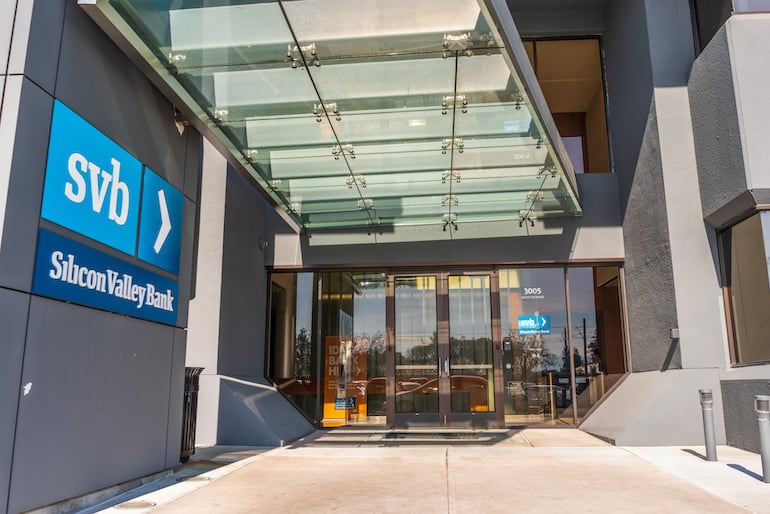Jamie Dimon, chair and CEO of JP Morgan Chase, has been dubbed the king of Wall Street, while also being seen as America’s “least-hated banker”.
He’s seen as a level head in banking circles, so his views on the sudden collapse of Silicon Valley Bank (SVB) last month, which sent shockwaves through the global tech and startup community, are worth noting.
Dimon’s annual shareholder letter is as eagerly anticipated as Warren Buffett’s views for Berkshire Hathaway, and this year’s edition is no exception, devoting considerable time to recent banking failures, most notably SVB and Credit Suisse.
The CEO says in his letter that most of the risks that led to last month’s bank failures were “hiding in plain sight”, but there was also an “unknown risk” that directly contributed to the collapse of SVB that no amount of regulation can address – the fact that “a small number of venture capital companies” controlled many of the account holders and created the bank run in urging them to withdraw funds.
The debate over the role of investors in the collapse of SVB is ongoing, with some pointing to billionaire investor Peter Thiel who told his Founders Fund clients to withdraw their funds. A few weeks later, Thiel told the Financial Times that he left US$50 million in the bank when it went under. Several other VC funds, including Coatue Management, Union Square Ventures and Founder Collective, also told founders to pull their cash from SVB.
VCs were certainly then vocal about wanting the US government to intervene, since its existing deposit guarantee scheme only covered $250,000. In the end, the US Treasury Department has intervened to guarantee the full value of all SVB deposits in a bid to halt broader bank run jitters.
Dimon takes shareholders through what’s already known about why the bank went under, but for the other players involved “this wasn’t the finest hour for many”.
“Most of the risks were hiding in plain sight. Interest rate exposure, the fair value of held-to-maturity (HTM) portfolios and the amount of SVB’s uninsured deposits were always known – both to regulators and the marketplace,” Dimon wrote.
“The unknown risk was that SVB’s over 35,000 corporate clients – and activity within them – were controlled by a small number of venture capital companies and moved their deposits in lockstep.
“It is unlikely that any recent change in regulatory requirements would have made a difference in what followed. Instead, the recent rapid rise of interest rates placed heightened focus on the potential for rapid deterioration of the fair value of HTM portfolios and, in this case, the lack of stickiness of certain uninsured deposits.”
Dimon argues that “ironically” banks gobbled up government securities because the regulators favoured them.
“This is not to absolve bank management – it’s just to make clear that this wasn’t the finest hour for many players,” he wrote.
“Risks are abundant, and managing those risks requires constant and vigilant scrutiny as the world evolves.”
Dimon counsels that “we avoid knee-jerk, whack-a-mole or politically motivated responses that often result in achieving the opposite of what people intended” when it comes to the next steps in regulating the financial sector to avoid a repeat.




















Trending
Daily startup news and insights, delivered to your inbox.